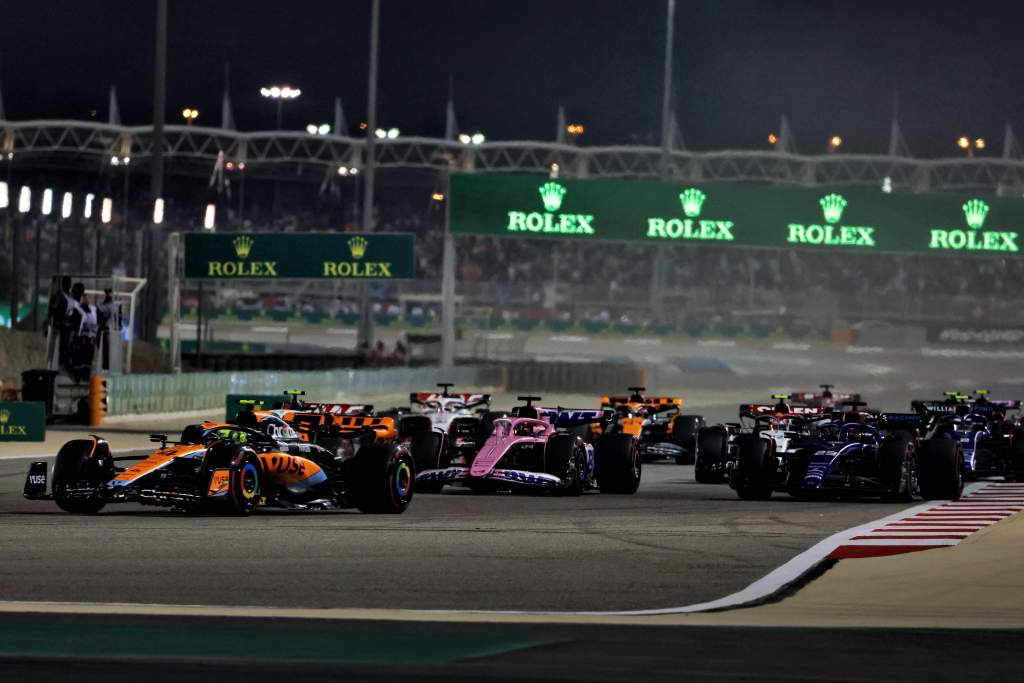Up Next

The new Formula 1 season is now well and truly under way and, surprise surprise, Red Bull has come out of the blocks strongly by locking out the front row and converting it into another one-two.
It was what was going on behind in the Bahrain Grand Prix that was most interesting. Ferrari looked competitive enough, Mercedes was in trouble and Aston Martin, as testing showed, was in the hunt. The big question was whether it could keep up the pace when push came to shove. Fernando Alonso’s racy third place answered that question.
We talk a lot about out-and-out performance and comparing that to race pace. Yes, the points are handed out after the race but, as Red Bull showed on Sunday in Bahrain, it’s a lot easier to bring home big points if the car is fast. It simply opens up what you can do with your strategy during the race.
So taking all that into account and the fact that we have only had one event to base our analysis on, we can compare how each team has started 2023 to how they ended last year. This is calculated in terms of each team’s fastest lap of the weekend, expressed as a percentage of the outright quickest.
It’s just one race worth’s of data, but it gives us an idea of who used the winter design and development period wisely. Included for comparison is the average for the 2022 season, and also for the final four races of last year.
| Bahrain % | 2022 season % | 2022 (last four) % | ||
| 1 | Red Bull | datum | 100.188 (1) | 100.198 (1) |
| 2 | Ferrari | 100.326 | 100.272 (2) | 100.731 (3) |
| 3 | Aston Martin | 100.700 | 102.224 (9) | 101.686 (7) |
| 4 | Mercedes | 100.705 | 100.898 (3) | 100.560 (2) |
| 5 | Haas | 101.227 | 102.011 (8) | 102.056 (9) |
| 6 | Alpine | 101.344 | 101.426 (4) | 101.226 (6) |
| 7 | McLaren | 101.865 | 101.444 (5) | 100.939 (4) |
| 8 | AlphaTauri | 101.886 | 101.917 (7) | 101.020 (5) |
| 9 | Alfa Romeo | 101.934 | 101.772 (6) | 101.909 (8) |
| 10 | Williams | 101.954 | 102.648 (10) | 102.143 (10) |
By comparing the Bahrain Grand Prix performances with the final four races of 2023, we can create a performance swing to see which Formula 1 team has gained and lost the most over the winter with their new cars.
Here’s the teams, ranked in order of improvement from best to worst, and a look at their performances and the reasons behind them.
1 ASTON MARTIN (-0.986%)
Bahrain 2023: 100.700% (3rd)
Season 2022: 102.224% (9th)
Last four 2022: 101.686% (7th)
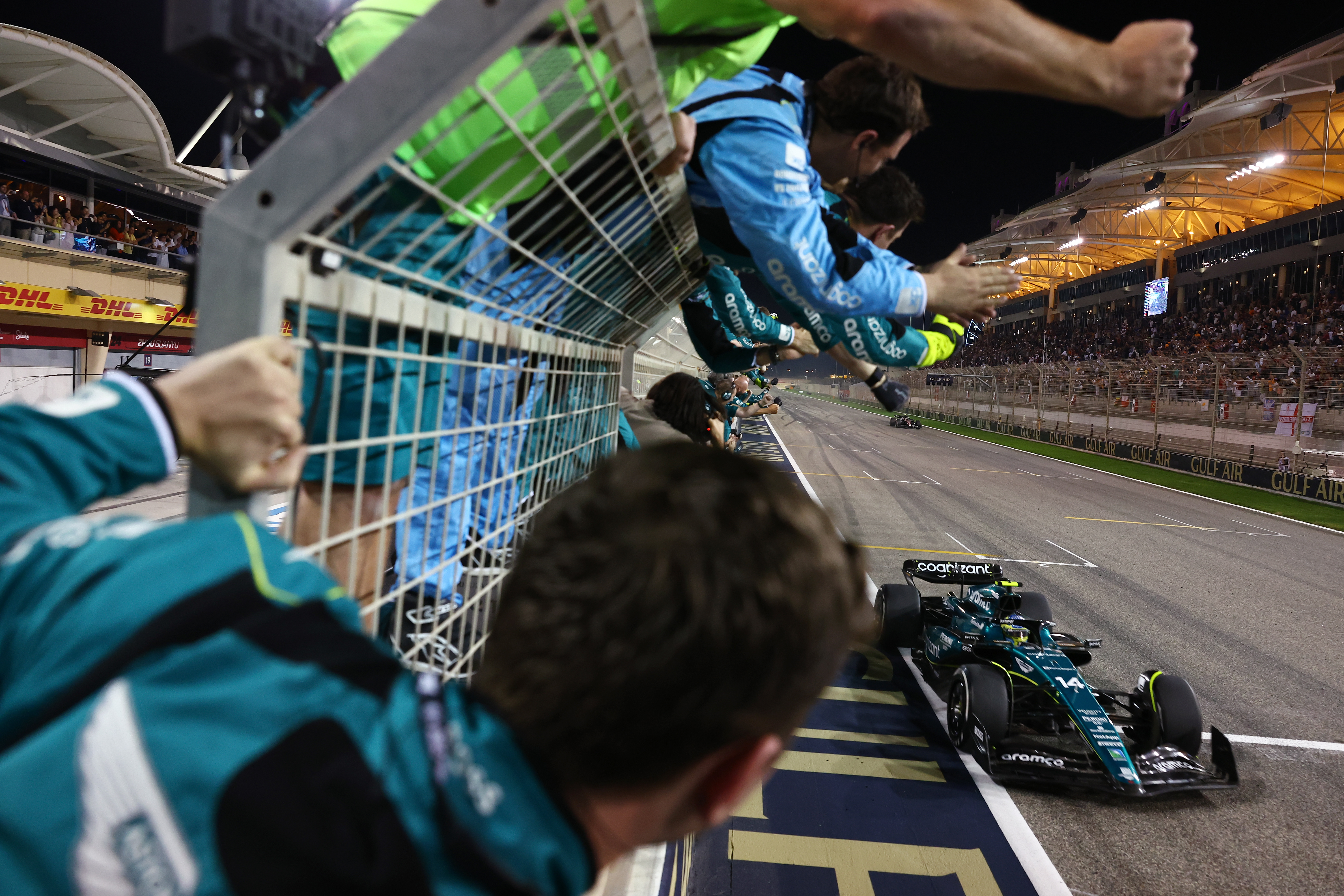
Aston Martin was the biggest mover from 2022 to 2023, fortunately in the right direction. It built what was effectively a B-version of its car during last year in terms of an aerodynamic concept change that took its lead from the Red Bull. That was inevitably a compromise in many areas as it was built around the existing chassis, but did allow Aston Martin to improve and learn about how to exploit this concept ahead of 2023.
This team has never been shy about following the lead of a rival, most famously with the ‘Pink Mercedes’ in 2020. Now it’s a ‘Green Red Bull’. But you are only as good as the other teams are bad and seven tenths of a percent is still a long way to be behind, so it will take some wise development to get there. Those plans are in place, with technical director Dan Fallows suggesting at the launch that “you could expect up to two-thirds of the car to be different by the time we get to the end of the season”.
Alonso proved the old saying ‘give a dog a bone and they will be happy’ with his performance. He’s enjoying driving the car and had a never-give-up attitude even after the first lap didn’t go well. Both he and Lance Stroll produced an exceptional result and Alonso finishing 38 seconds behind Max Verstappen reflects a similar per-lap gap to the one in qualifying.
2 HAAS (-0.829%)
Bahrain 2023: 101.227% (5th)
Season 2022: 102.011% (8th)
Last four 2022: 102.056% (9th)
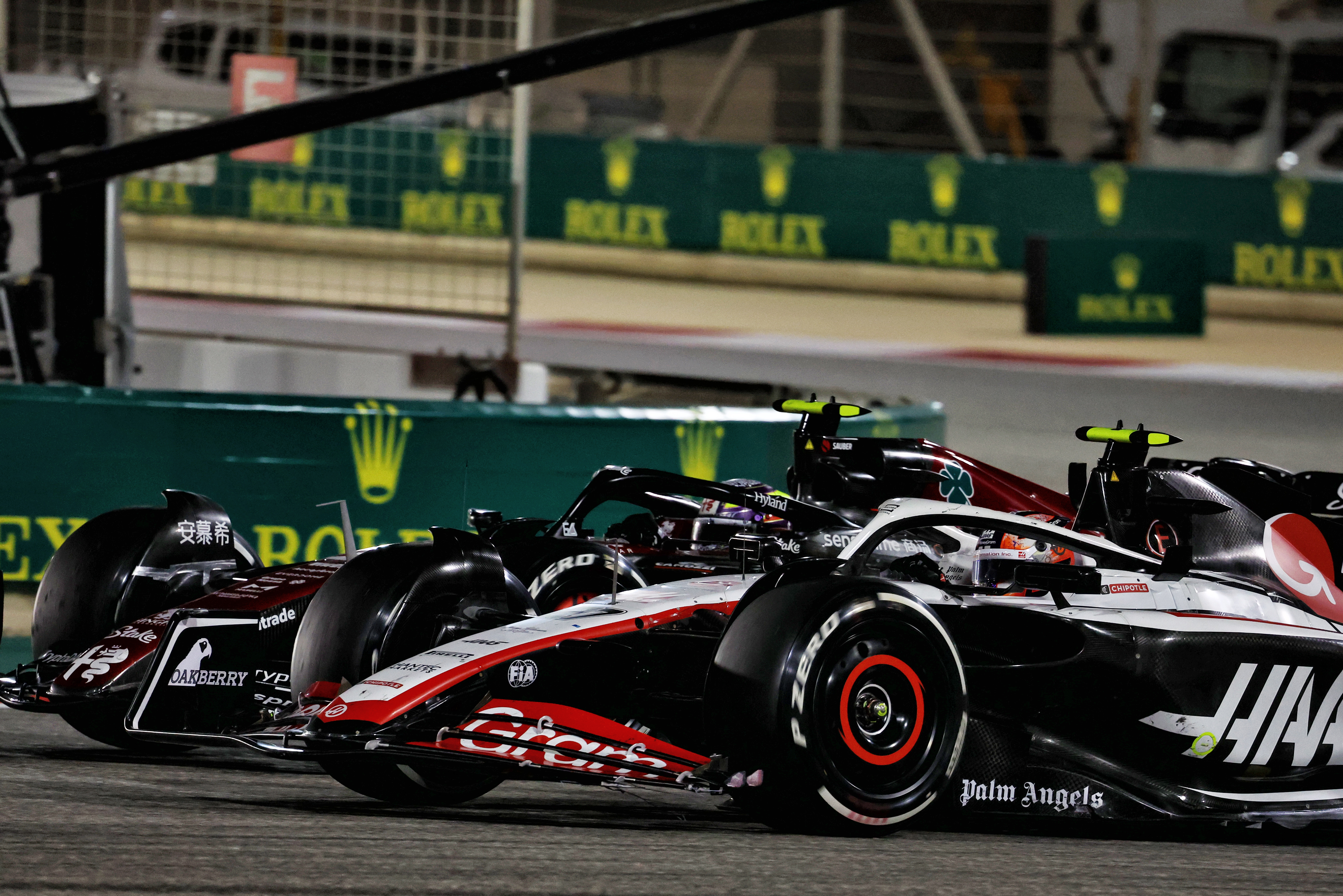
Haas has started seasons strongly before and the numbers show it’s done the same again. Unfortunately, it has nearly always fallen away as the season progresses.
Lack of development has been the team’s big problem. I don’t know if that is down to a lack of acceptance of that trend, an absence of ideas to improve the car, or simply a lack of budget to bring developments to the track. Whatever it is, now is the time to correct that problem and prove it’s a team that can cope with a full season of racing while working on the following year’s car. The first significant upgrade package is expected for the Spanish Grand Prix in early June.
It’s difficult to draw any conclusions about race performance as it fell apart quickly for Nico Hulkenberg with that first-lap front wing damage and Kevin Magnussen was on an alternative strategy, having started on hards, but there are question marks about the car’s tyre management.
3 FERRARI (-0.405%)
Bahrain 2023: 100.326% (2nd)
Season 2022: 100.272% (2nd)
Last four 2022: 100.731% (3rd)
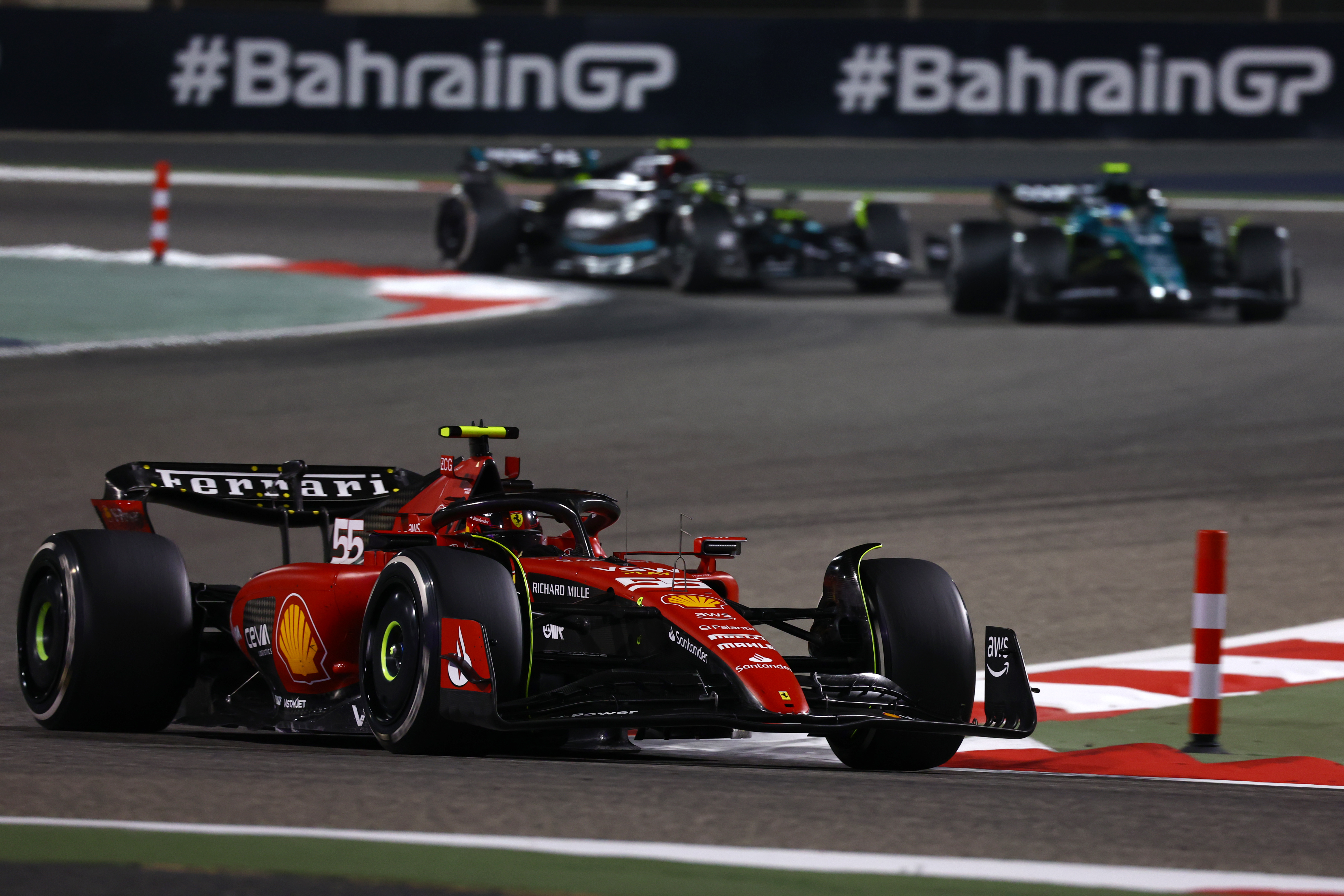
Ferrari’s improvement is a little distorted by the fact two of the final four races last year were at altitude in Mexico and Brazil. It had to run its turbo less aggressively than others in those conditions so lost performance given the need to work the turbo harder to compensate for the reduced air density. So perhaps the more realistic comparison is the +0.272% loss when looking at Ferrari’s Bahrain pace against its overall 2022 average.
That would mean that while Ferrari was closer to Red Bull than it was at the back end of last season, overall it has lost a bit. Ferrari has carried over the same car DNA but with less potential for refinement than the Red Bull approach has. It has also traded off some of the downforce for improved straightline speed, which did show in Bahrain with stronger pace down the straights.
Winter rumours were that Ferrari had found the equivalent of 20bhp-odd from its power unit – or rather reclaimed by reliability tweaks that let it use full performance again. Perhaps it has and that is part of the straightline improvement. However I’m pretty sure that that is Italian bhp so when you put it through the exchange rate it is somewhat less than what was claimed.
All things being equal, Charles Leclerc would have probably finished third – but things never are equal. He suffered the kind of power unit failure Ferrari hoped its reliability push had eliminated, and Carlos Sainz struggled badly with tyre degradation.
So overall, Ferrari hasn’t really made any improvement. Performance-wise, it has dropped off slightly, the tyre degradation doesn’t look great, and the reliability speaks for itself. The hope is that on tracks that have a less rough surface than Bahrain (which is all of them) the tyre deg will be less of a disadvantage. But then all the cars race on the same track, so why should anything change?
4 RED BULL (-0.198%)
Bahrain 2023: 100.000% (1st)
Season 2022: 100.188% (1st)
Last four 2022: 100.198% (1st)
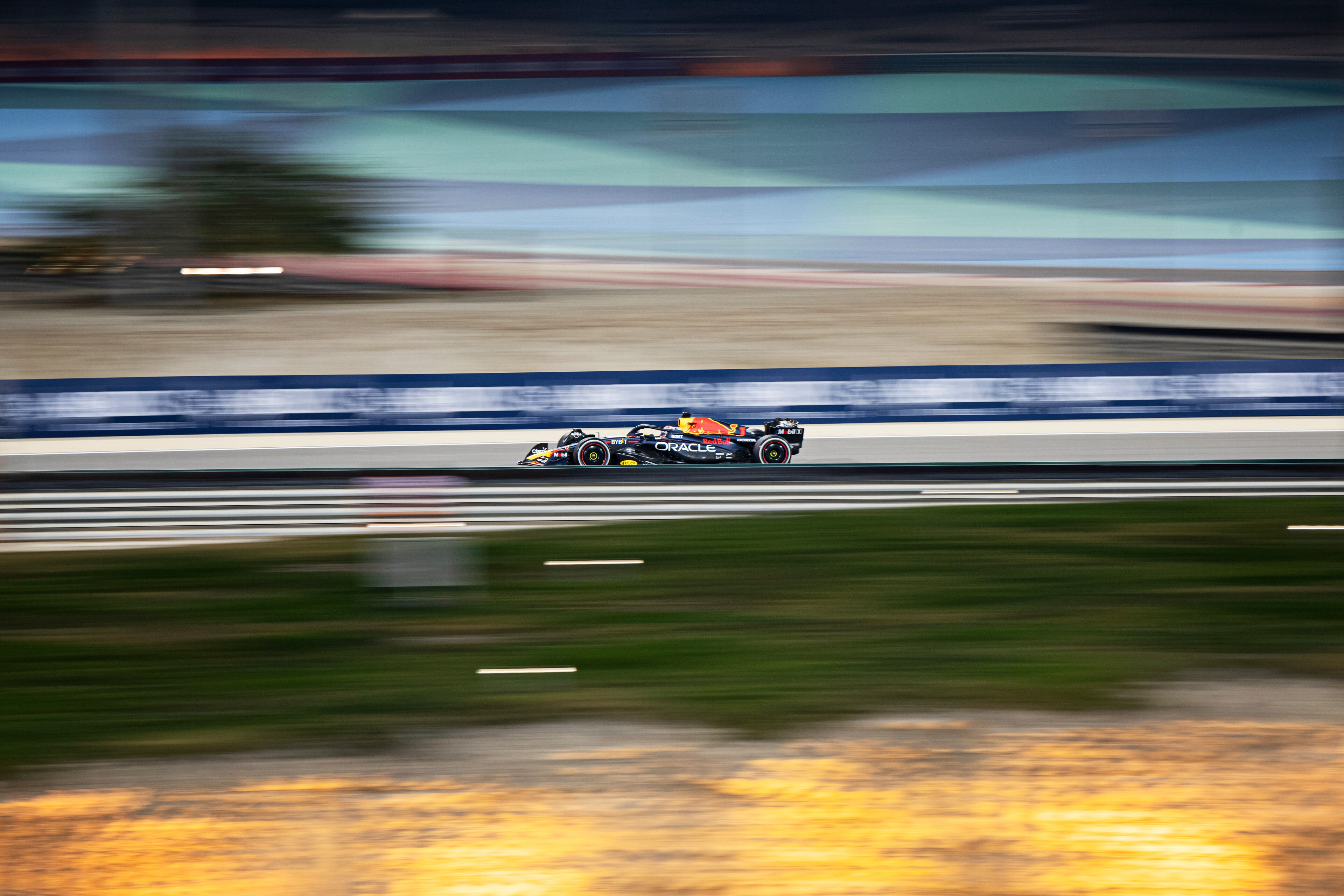
Red Bull is clearly the strongest team in 2023 and stayed more or less where it was at the end of last season. The only reason it’s ranked in the middle is that when you are on top and stay and top, there’s not much room for gains or losses in relative performance.
But that last four-race average from 2022 shows Red Bull wasn’t always the outright fastest, so had some room for improvements. From this one race weekend it looks like it has achieved that.
The car is from the same DNA, but Red Bull has been able to focus on and optimise the smaller details. That, together with making sure it is under the minimum weight limit to allow it to run ballast for weight distribution optimisation, means it has moved just that little step further ahead of the chasing bunch.
In Bahrain, Red Bull really wasn’t pushed in the race so Max Verstappen and Sergio Perez could drive within the car and tyre limits. What that limit really is when someone else is in battle with them we will have to wait to see, but it does appear that this step in performance has created a cushion that allows Red Bull to set up the car to look after the tyres just that bit better than last year.
5 WILLIAMS (-0.189%)
Bahrain 2023: 101.954% (10th)
Season 2022: 102.648%(10th)
Last four 2022: 102.143% (10th)
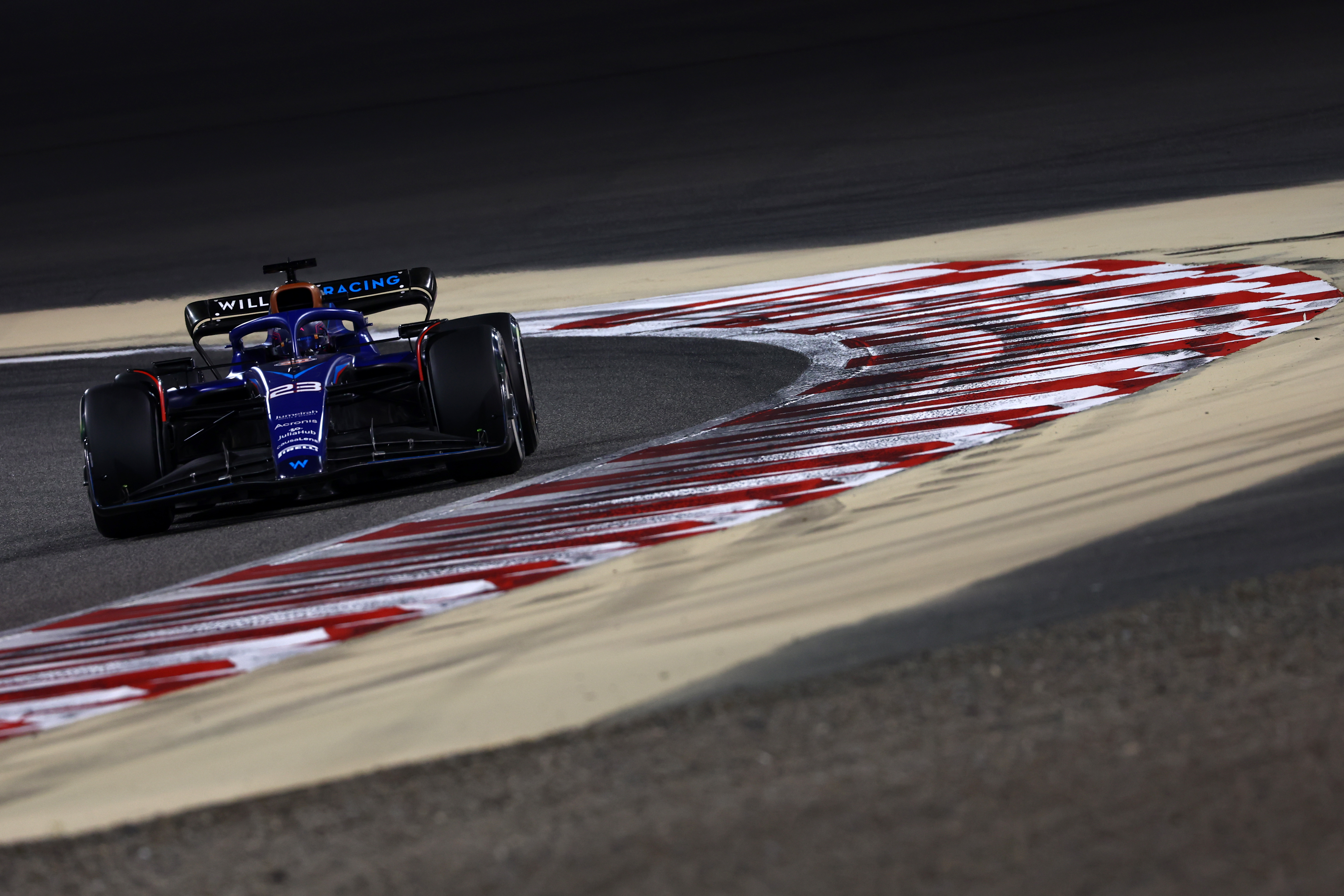
Many will say that Williams had the most to gain as it was furthest off to start with and that is correct. But you still have to find that performance and with the change of management and technical leadership that happened suddenly at the end of last year, it’s very easy to lose your way for a while as no one really knows who they work for or report to.
The team is realistic and it’s not a surprise that it’s slowest, with the aim to be a better 10th. And Bahrain was certainly that. Alex Albon always drives well now he’s recovered from his 18 months at frontrunning Red Bull Racing and he knows what needs to be done to earn another top-team chance.
Logan Sargeant looks handy as well. With a faultless opening weekend to build on, it appears that they can both complement each other with car development direction.
James Vowles has now taken over as team principal, so I expect him to bring with him from Mercedes some new ways of working. Moving forward will not be easy, but at least now the gap has been closed down to a level where on a good day you have a chance of getting into Q3 and from there you can score a few points.
Albon felt he could have been in Q3 without part of the front wing failing when the car hit a bump in Q2, and then produced a point with a fine drive to 10th in a Williams that was strong on the straights and therefore tricky to overtake.
6 ALFA ROMEO (+0.025%)
Bahrain 2023: 101.934% (9th)
Season 2022: 101.772% (6th)
Last four 2022: 101.909% (8th)
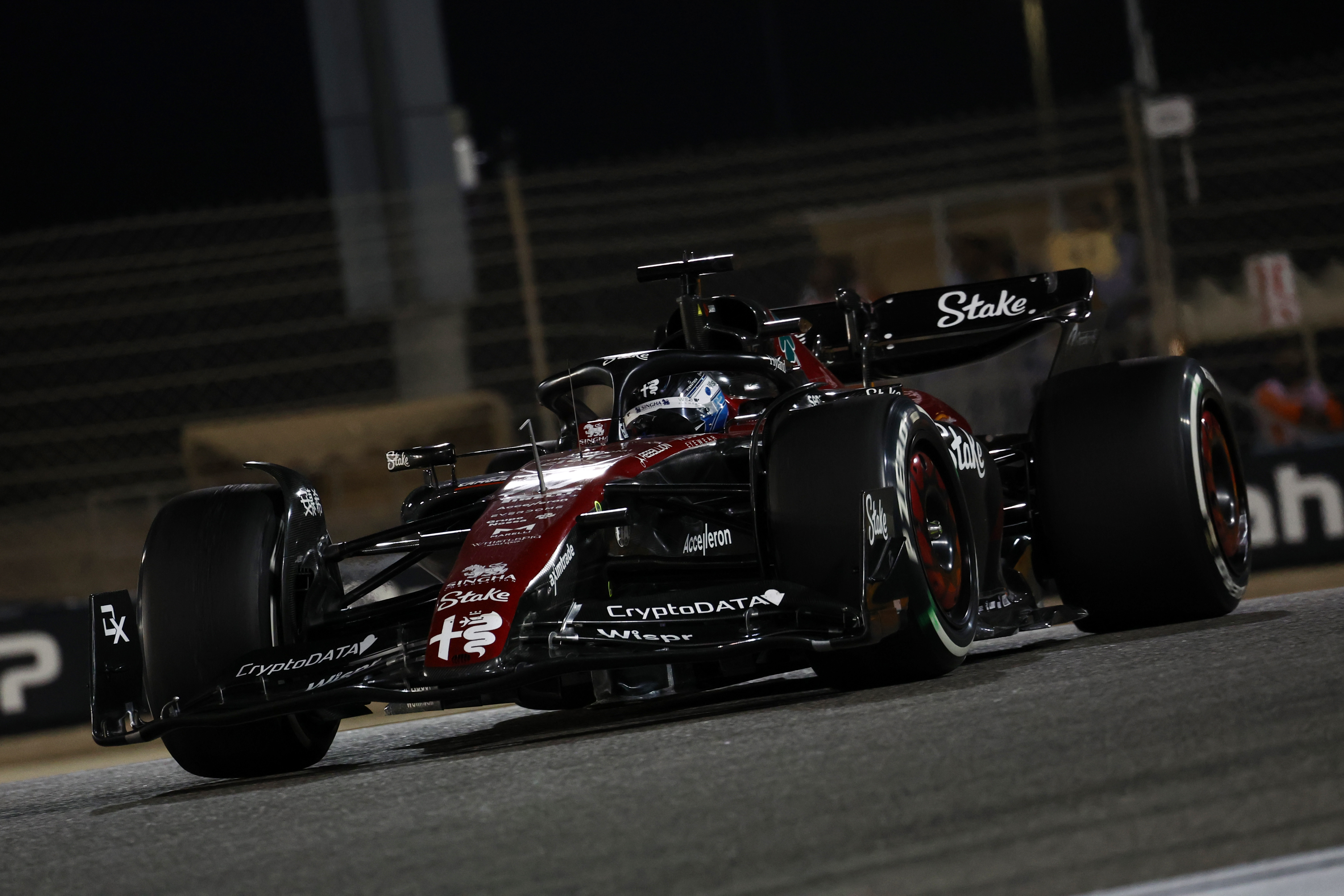
Alfa Romeo will have expected a little more from Bahrain. It didn’t make big gains from testing, so I suspect it was one of the teams that did run on the sniff of an oily rag when it came to fast runs. It can be easy to confuse yourself when you do that because you start to believe your own hype.
Valtteri Bottas drove a strong race after jumping into the top 10 on the first lap and the team ended up with four points. On top of that, bringing Zhou Guanyu in late on to take fastest lap denied midfield rival Alpine an extra point. But as the percentages show, this team hasn’t really gone anywhere.
What’s positive is it has a car that appears to be consistent and well balanced on track, with the focus on boosting the rear stability in the faster corners having paid off reasonably well.
Its performance doesn’t seem to fluctuate as much as some according to conditions. This is a positive as it means even if the car isn’t the fastest on the grid it’s one that should generally be in Q2 but can nick a Q3 place on a good day, and it should be able to race for points regularly.
7 ALPINE (+0.118%)
Bahrain 2023: 101.344% (6th)
Season 2022: 101.426% (4th)
Last four 2022: 101.226% (6th)
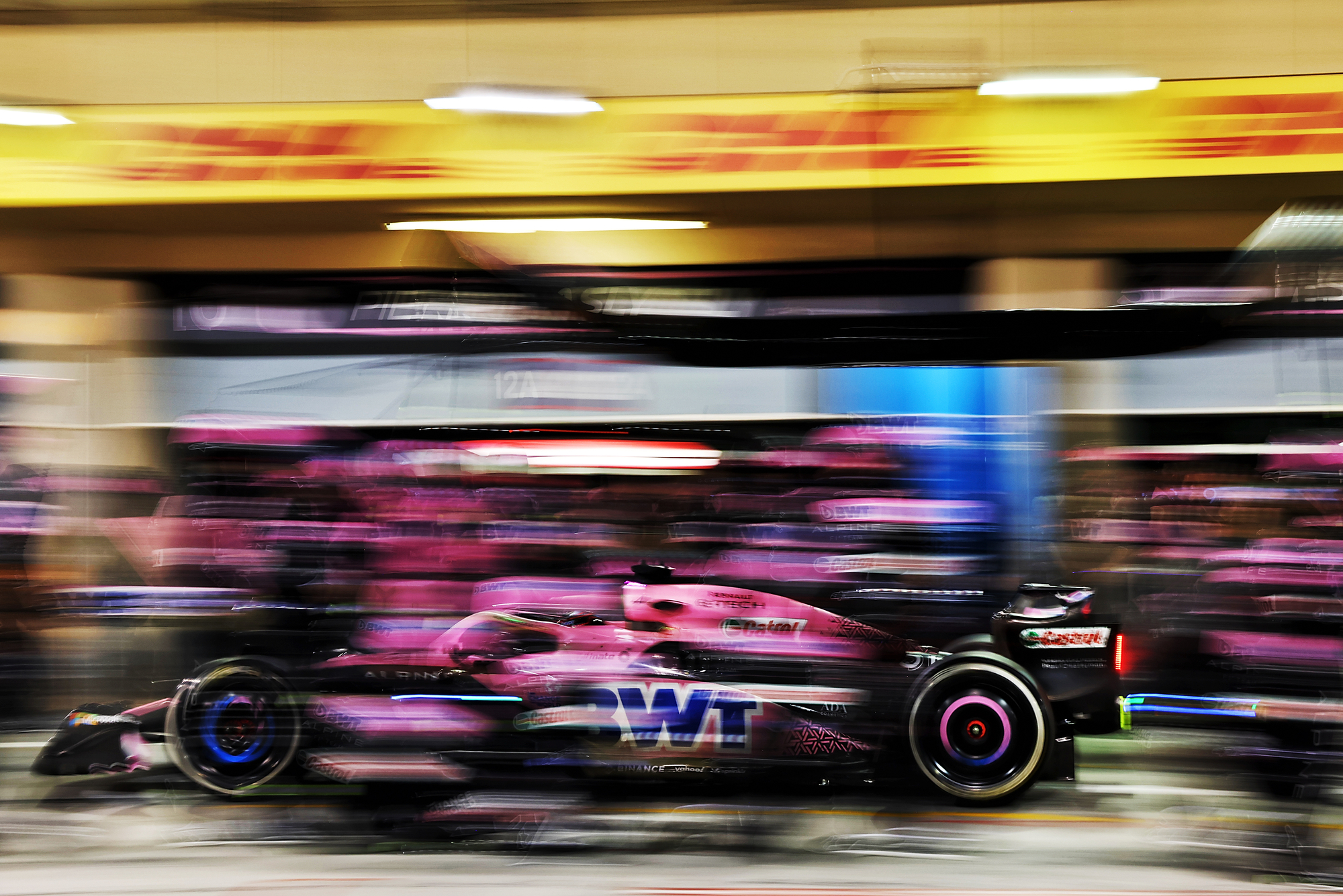
The numbers suggest Alpine is the most consistent team in the pitlane, not making any significant gains or losses. Unfortunately, while it has more or less stood still, others have improved and, like Haas, I suspect Alpine will find it difficult to make big inroads.
When the car first appeared, it visually looked good. In testing, it looked very stiff and the team said it was just going through some extreme set-ups. With only three days of pre-season testing, I would have to ask why? The drivers need time in the car to find their individual set-up directions and experiment around that so they are prepared when they need to perform.
That’s even more important at a circuit like Sakhir where every time you go on-track the conditions are different. As Pierre Gasly said after a disappointing qualifying, “that was really the first time that we pushed it to the maximum”, so perhaps there was some complacency about how easy it would be to extract the car’s maximum pace?
In the race, Gasly got his head down and in the end grabbed a couple of points. As for team-mate Esteban Ocon, at least he learned how to get in and out of the pitlane quickly as he suffered time penalties for his and the team’s indiscretions.
8 MERCEDES (+0.145%)
Bahrain 2023: 100.705% (4th)
Season 2022: 100.898% (3rd)
Last four 2022: 100.560% (2nd)
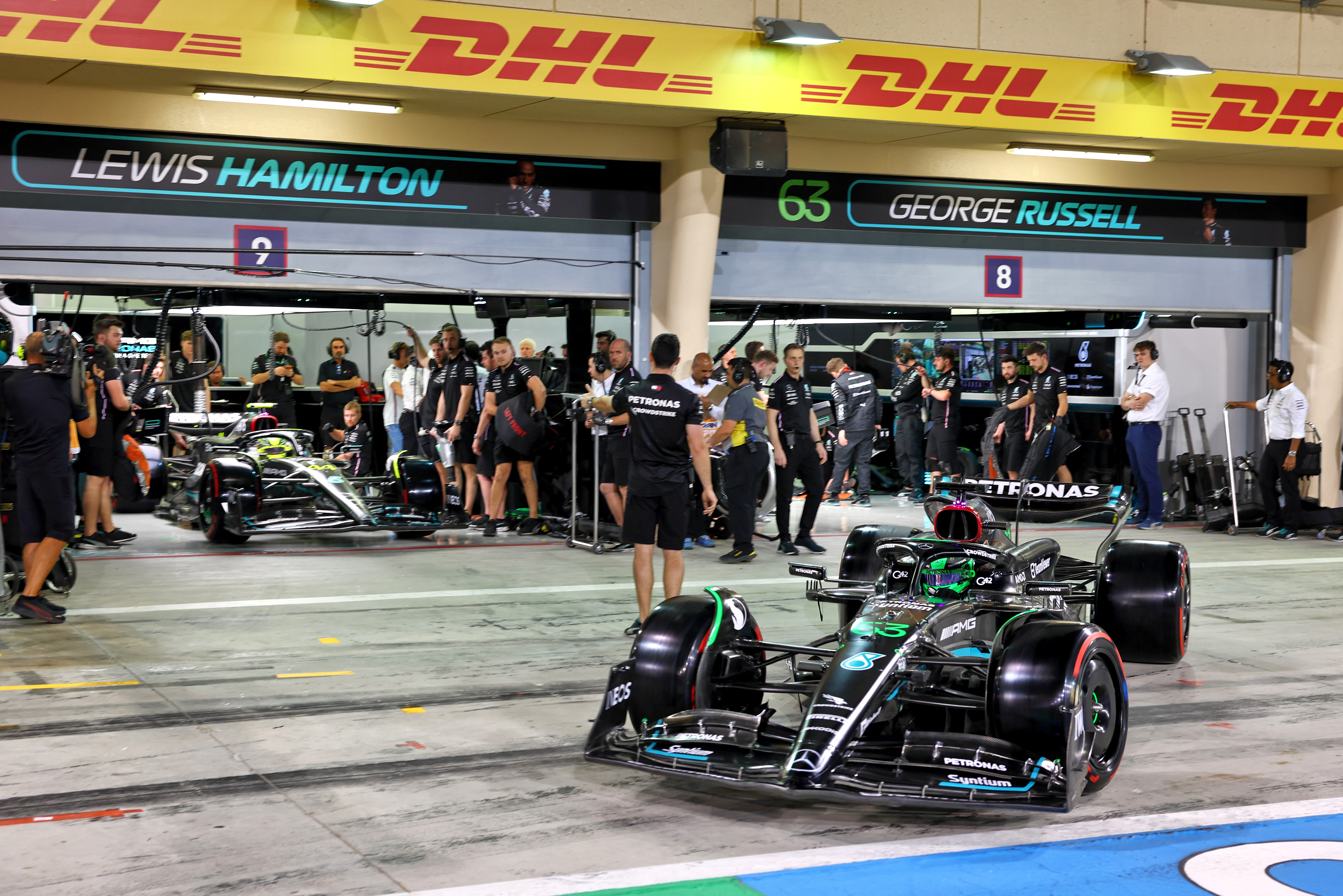
The performance between Aston Martin and Mercedes is nip and tuck. But while Aston Martin has gone in one direction, Mercedes has gone in another – its own unique one, as well, given Williams ditched the zero sidepod approach in the middle of last year.
Mercedes has lost a bit of ground to Red Bull compared to where it was at the back end of last year, when it appeared to have got on top of its porpoising and bouncing problems.
It’s very easy to say the visual concept is to blame and the minute it changes that it will be right back in there. Unfortunately, I don’t think it’s as simple as that and Mercedes will need to look very closely at how developments and development direction are signed off and even how set-up changes are made.
We keep hearing the team doesn’t know why it has had a bad session and, worse than that, why it has had a good session with what Toto Wolff called “oscillations” in performance. So somewhere along the route to success it will need to improve the tools it is using away from the track. For all the talk about changing direction and new development pathways, that’s the key.
Considering Mercedes invested so much effort in sharpening the tools that sent it in the wrong direction last year, that’s a concern. The only positive is that at least porpoising and bouncing isn’t the problem. It’s a car that creates lots of peaky downforce but doesn’t create enough driver-friendly downforce and that Wolff doesn’t believe has the development potential to do so in the future without changes.
In the race, Lewis Hamilton finished fifth but he was 51 seconds behind Verstappen, with George Russell seventh and 56 seconds back. That’s just about a second per lap, so there’s work to be done in that area as well.
9 ALPHATAURI (+0.866%)
Bahrain 2023: 101.886% (8th)
Season 2022: 101.917% (7th)
Last four 2022: 101.020% (5th)
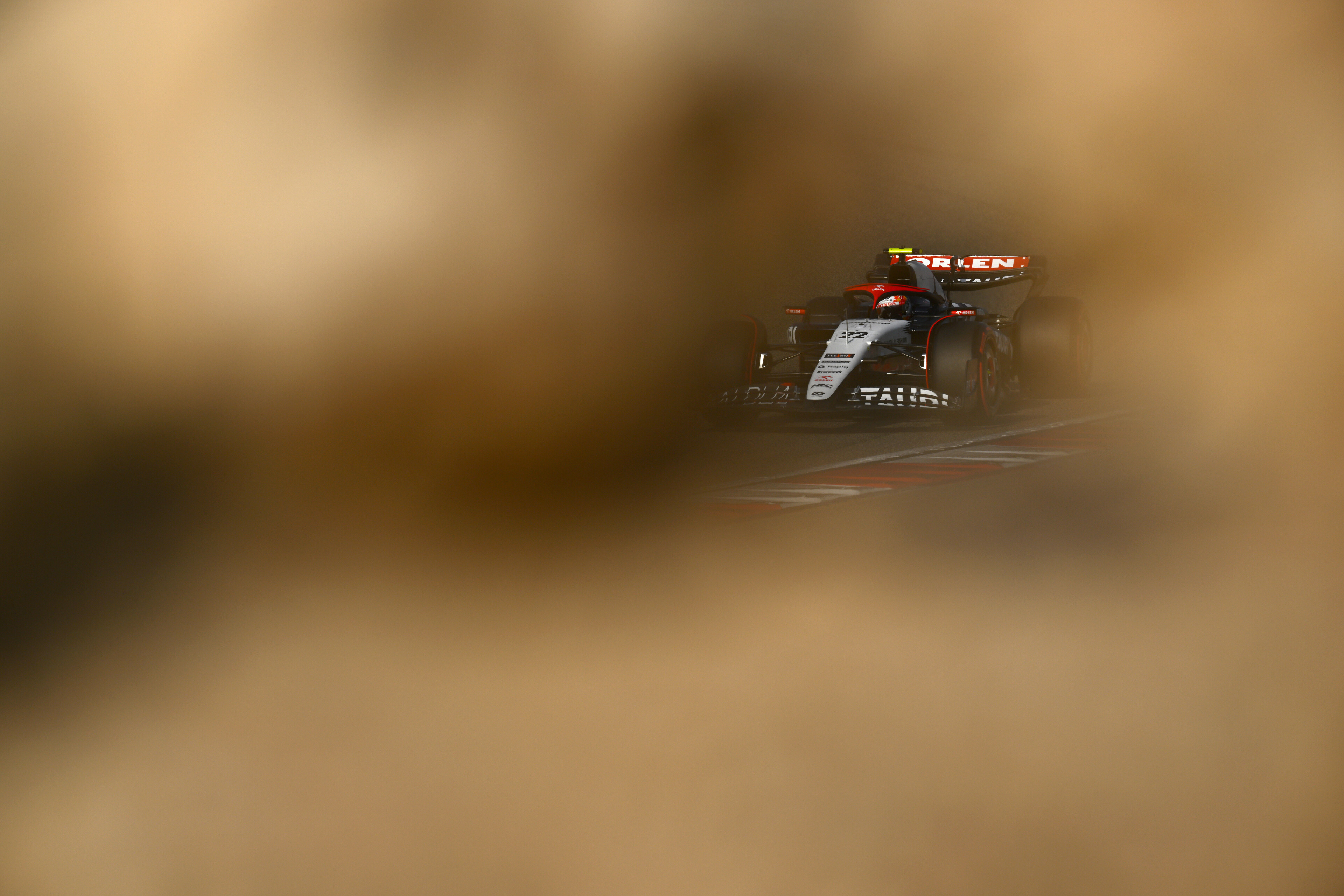
AlphaTauri’s disappointing start to the season was a surprise. As a team, it has been up and down more than most but this is as bad a start to a season for it as I can remember.
AlphaTauri is a partner team to Red Bull – part of their budgets come out of the same pockets – so why don’t they work more closely together? If Aston Martin can take a concept from another team and refine it to a level where it is competitive at the front of the midfield, or even better than that, then why can’t AlphaTauri? I don’t mean blatantly copy it, but at least follow the same philosophy and get itself in a position where it can set its objectives just that bit higher.
The car has improved a little in terms of its characteristics, with improved grip in the faster corners. But it is still struggling into the slower corners and that suggests the team still doesn’t have a full grasp on how to achieve that front aero load. That’s another reason to follow Red Bull’s direction.
10 McLaren (+0.926%)
Bahrain 2023: 101.865% (7th)
Season 2022: 101.444% (5th)
Last four 2022: 100.939% (4th)
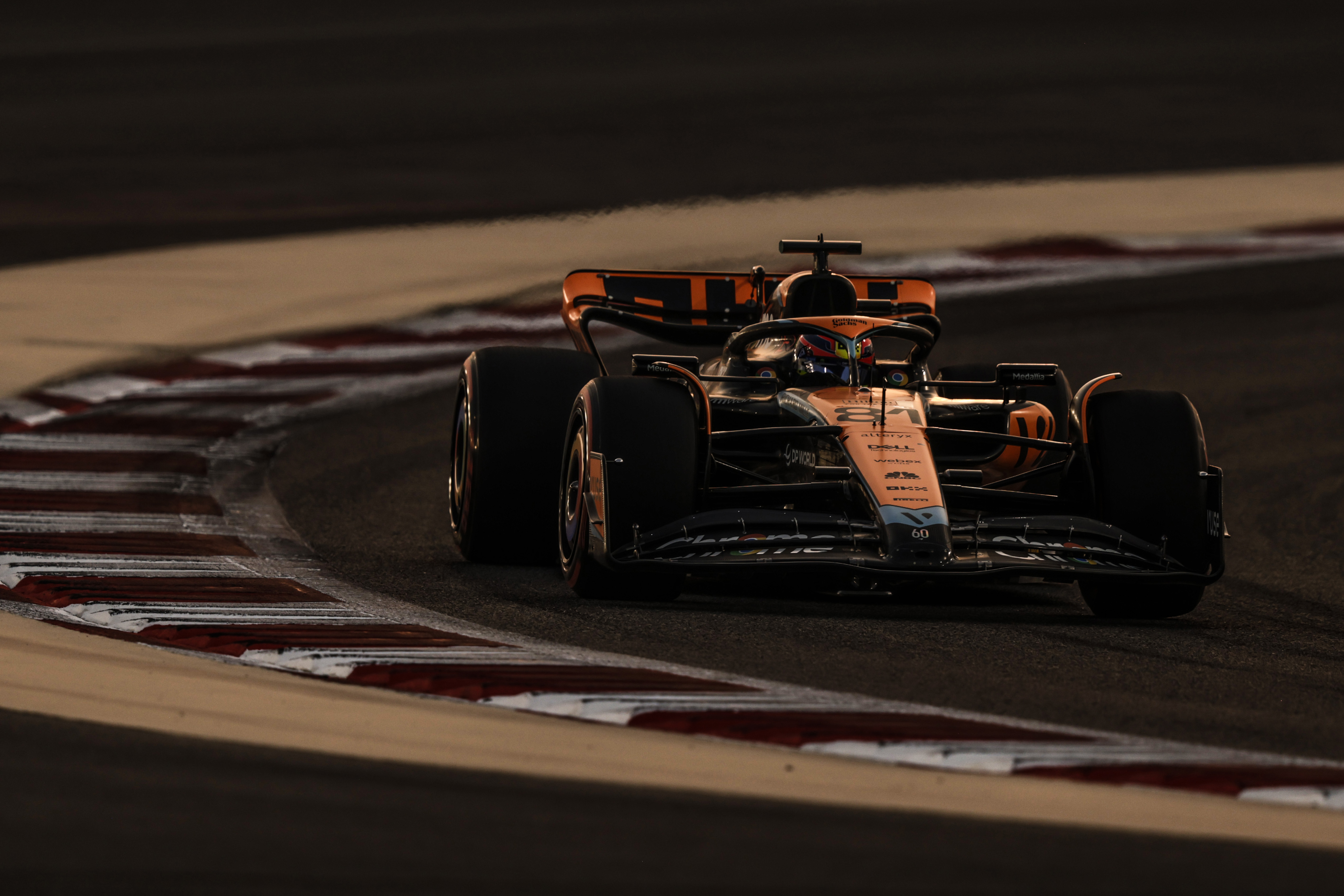
It hasn’t been a great winter for McLaren. It has lost ground to those that were around it last year and the last couple of weeks has just about brought that home. The test didn’t go well as it suffered some problems that limited its running and the race weekend wasn’t much better. The car just doesn’t look like it has the grip and that is reflected in its performance.
In the race, it was reliability problems that scuppered McLaren. Lando Norris was first to hit trouble with an air valve system leak that needed topping up. Oscar Piastri was next with an electrical problem. Both drivers will need to be fairly thick-skinned while McLaren works through its problems. They won’t be quick fixes.
The positive is that McLaren thinks it has the answer, it’s just that it spotted it too late. But then, every day is a school day and you should learn something new – you just need to react to it.
What has been described as a change of direction was made late last year but that won’t be reflected until the car gets a major upgrade, scheduled for Baku at the end of next month. If that works as hoped, this will just be a temporary setback, but if not, McLaren will be in serious trouble.
SUMMARY
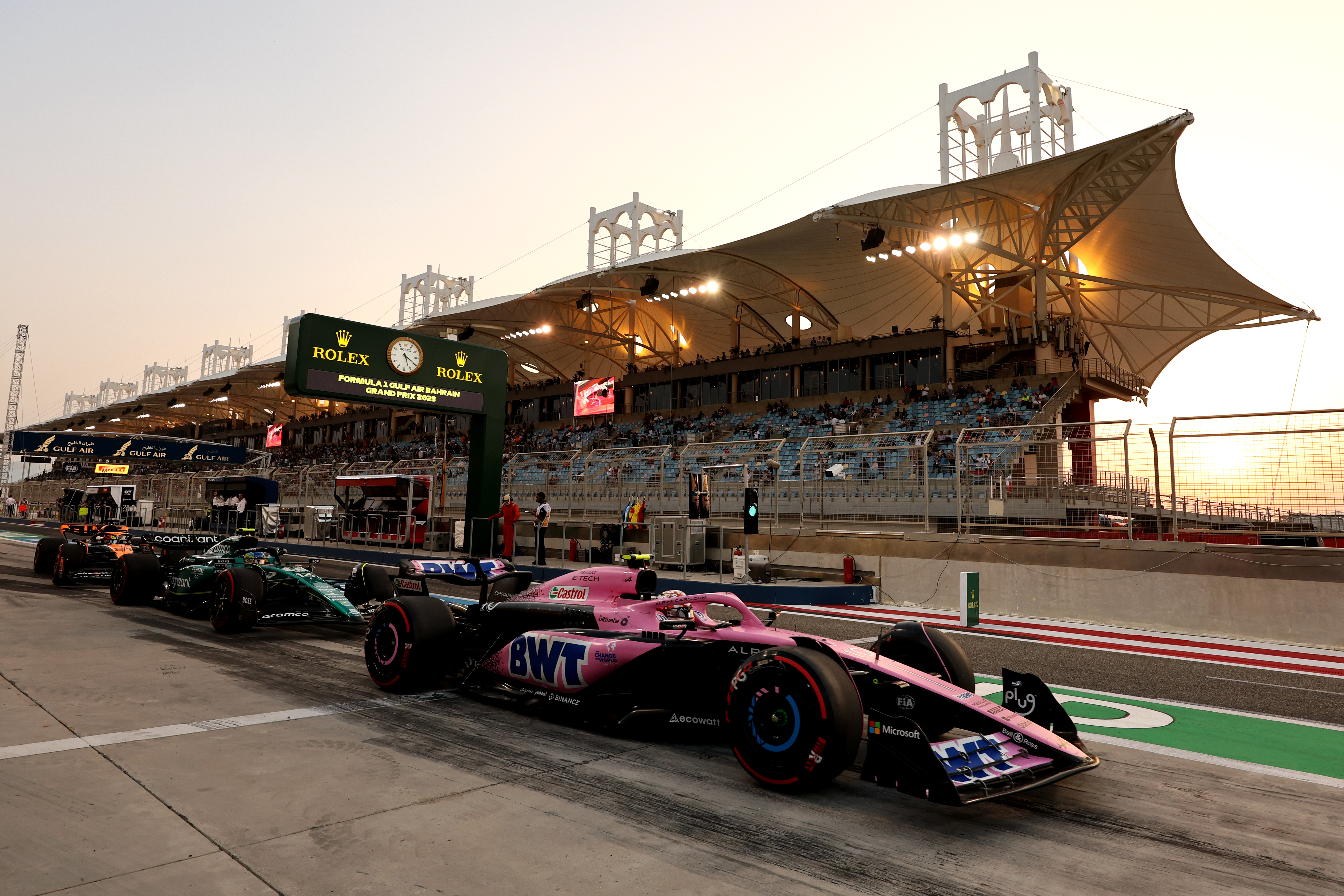
It’s great to see the order being mixed up a bit and the overall field closing up. If the 20 cars can be within 2%, that is about as good as we can expect and that is where we are post-Bahrain.
We need to see the first four or five races before we get a handle on who is really where. It’s never easy to keep up with development components both big or small, as teams will be introducing parts at different times. Then there is the budget cap to think about; now you can only break open your piggy bank for a big update once.
Hopefully, the days of unlimited spending really are over and it means the less well-funded teams will have more of an opportunity to climb that slippery slope to success.


